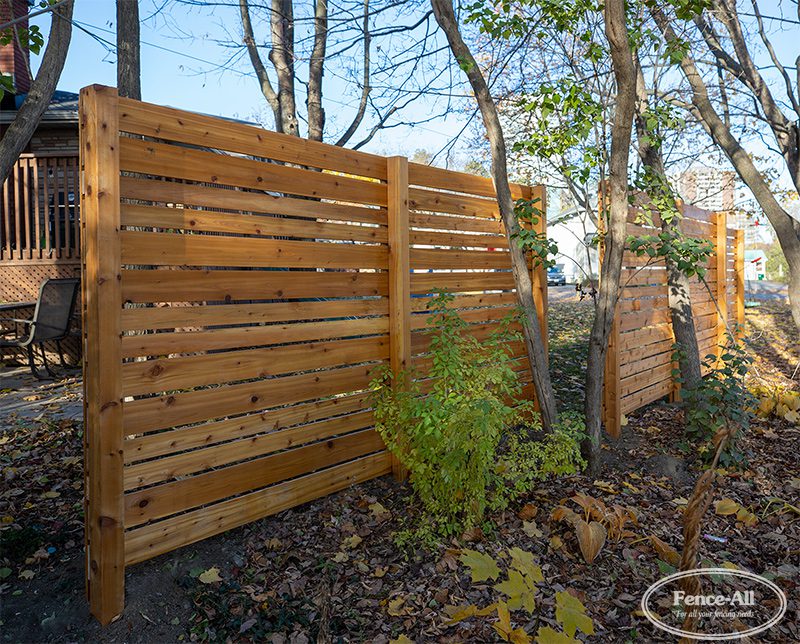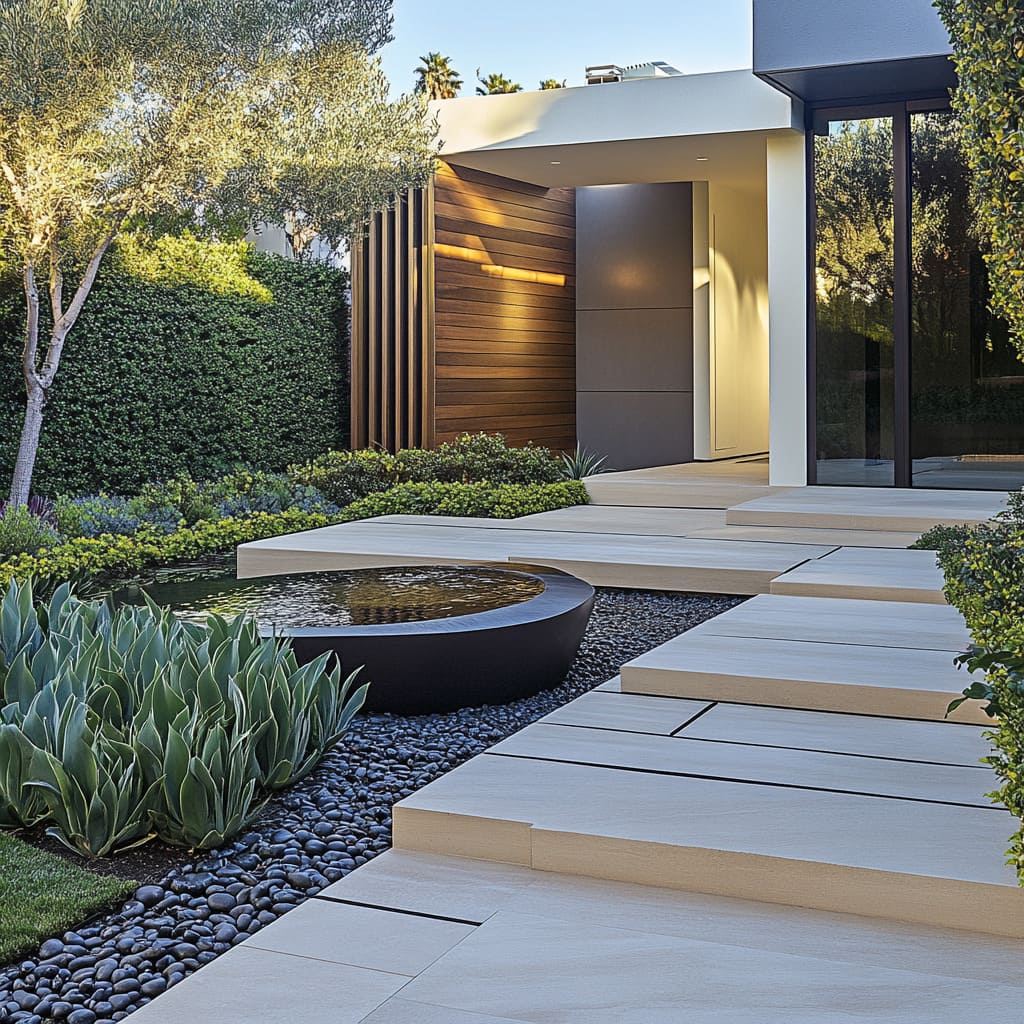Front Yard Design
Understanding Your Yard
Before you start designing your front yard, it's essential to understand the lay of the land. Take note of the size and shape of your yard, the amount of sunlight it receives, and the type of soil you have. These factors will help you determine the types of plants and features that will work best in your yard. Additionally, consider the style of your home and the neighborhood you live in, as these can also influence your design decisions.
Choosing the Right Plants
The plants you choose for your front yard can make or break the design. Consider the climate and soil type in your area, as well as the amount of maintenance you're willing to do. Some popular front yard plants include flowers, shrubs, and trees, which can add color, texture, and depth to your yard. You can also consider adding some groundcover or grass to fill in any bare spots and create a cohesive look.
Types of Plants
There are many different types of plants that you can use in your front yard, each with its own unique characteristics and benefits. For example, flowering plants like roses and azaleas can add a pop of color and fragrance to your yard, while shrubs like boxwood and holly can provide a structured and formal look. Trees, on the other hand, can provide shade, privacy, and a sense of grandeur.
Plant Care and Maintenance
Once you've chosen the right plants for your front yard, it's essential to take care of them properly. This includes watering, pruning, and fertilizing, as well as protecting them from pests and diseases. Regular maintenance can help keep your plants healthy and thriving, and prevent them from becoming overgrown or diseased.
Hardscaping and Features
In addition to plants, hardscaping and features can also play a significant role in your front yard design. Hardscaping refers to the non-plant elements in your yard, such as patios, walkways, and retaining walls. These features can help define different areas of your yard, create visual interest, and provide functional spaces for outdoor living. For professional guidance on designing and installing these features, consider consulting with experts at Branch and Border, who can help you create a beautiful and functional outdoor space. Some popular front yard features include outdoor lighting, water features, and decorative elements like statues and sundials.
Patios and Walkways
Patios and walkways are essential elements in any front yard design. They provide a functional space for outdoor living and can help connect different areas of your yard. Consider using materials like brick, stone, or concrete to create a durable and long-lasting patio or walkway. You can also add some decorative elements, like pavers or stepping stones, to create a unique and personalized look.
Outdoor Lighting
Outdoor lighting can make a significant impact on your front yard design, especially in the evening hours. Consider using a combination of overhead lighting, pathway lighting, and accent lighting to create a warm and inviting ambiance. You can also use solar-powered lights or string lights to add a touch of whimsy and personality to your yard.
Creating a Focal Point
A focal point is a design element that draws the eye and creates visual interest in your front yard. This can be a statement piece, like a large tree or a decorative statue, or a collection of smaller elements, like a group of potted plants or a series of outdoor ornaments. Consider creating a focal point near the entrance of your home, where it can be easily seen and appreciated.
Incorporating Personal Style
Your front yard design should reflect your personal style and preferences. Consider adding decorative elements, like outdoor furniture or accessories, that reflect your personality and interests. You can also incorporate personal touches, like family photos or heirlooms, into your design to make it truly unique.
Budgeting and Planning
Designing a front yard can be a significant investment, so it's essential to budget and plan carefully. Consider setting a budget and prioritizing the elements that are most important to you. You can also work with a professional landscaper or designer to help you create a custom design that meets your needs and budget.
Conclusion
Designing a front yard can be a fun and rewarding experience, but it requires careful planning and consideration. By understanding your yard, choosing the right plants, and incorporating hardscaping and features, you can create a beautiful and functional outdoor space that reflects your personal style and enhances your home's curb appeal.
FAQs
What is the first step in designing a front yard?
The first step in designing a front yard is to understand the lay of the land, including the size and shape of your yard, the amount of sunlight it receives, and the type of soil you have.
How do I choose the right plants for my front yard?
Choose plants that are suitable for your climate and soil type, and consider factors like maintenance, growth rate, and desired appearance.
What is hardscaping, and how can it be used in front yard design?
Hardscaping refers to the non-plant elements in your yard, such as patios, walkways, and retaining walls, which can help define different areas of your yard and create visual interest.
How can I create a focal point in my front yard?
Create a focal point by using a statement piece, like a large tree or a decorative statue, or a collection of smaller elements, like a group of potted plants or a series of outdoor ornaments.
What is the importance of outdoor lighting in front yard design?
Outdoor lighting can make a significant impact on your front yard design, especially in the evening hours, and can help create a warm and inviting ambiance.


